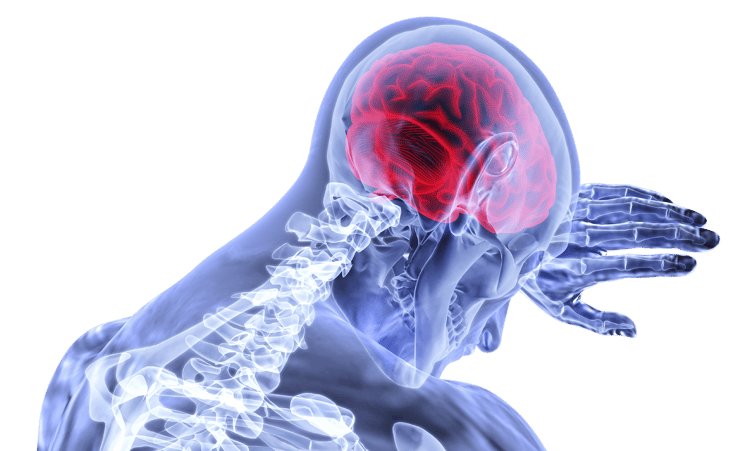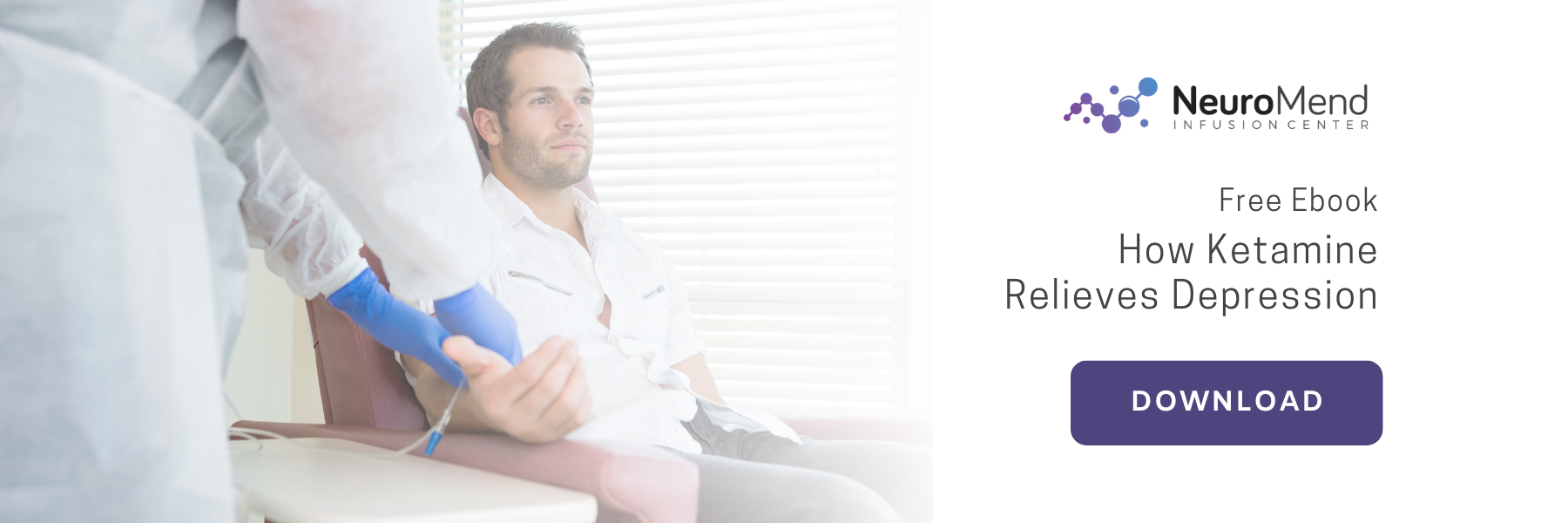Identifying the way in which ketamine rapidly alleviates treatment resistant depression could pave way for new generation of treatments.

Ketamine, most commonly known for its use as a recreational drug, has in recent years come to be thought of as the biggest breakthrough psychiatric treatment for severe depression in half a century.
In as little as half an hour it has been shown to banish severe and even suicidal thoughts in patients with treatment-resistant depression, often after all other options have been exhausted, and the effects can last for weeks.
Now, a study, published in the journal Nature, has been able to shine a light on how ketamine jams the mechanics of acute mental health problems and could be a step towards a new generation of drugs.
While the treatment is currently available privately in the US, ketamine infusions need to be professionally administered and is a last resort following the failure of other options because it can be abused recreationally, and it can also induce a temporary psychotic state similar to schizophrenia.
Compared to traditional antidepressants, which can take days before an improvement in the patient’s mood is seen, ketamine’s fast action made scientists think it was acting on a fundamental link of the brain chemistry of depression.
But, despite its use in the clinic, the way it works “has remained elusive”, the authors of the new study said.
The team of doctors and neuroscientists from Zhejiang University in China have shown it switches off an erratic burst of electrical impulses firing in neurons in the brain region known as the lateral habenula.
“The lateral habenula is like the ‘anti-reward centre’ in the brain,” the study’s lead author Professor Hailan Hu told The Independent.
When it’s firing it acts against these areas where key mood-boosting neurotransmitters, dopamine and serotonin are produced and collected in the brain.
“The lateral habenula inhibits both of those reward centres,” she added. “So when it goes into the bursting mode, the suppression becomes much stronger, it’s like a machine gun compared to a single shot.”
While in the last decade the habenula has come to be thought of as an important driver for the negative moods affecting depression, the reasons behind this had been hard to show.
This is in part due to the difficulty of studying brain activity without powerful brain imaging scans.
Professor Hu’s team have been examining this region, using rats to look at differences in depressed and normal brains, for a number of years and had identified patterns of irregular electrical activity that they thought could be playing a part.
But identifying that this rapid “machine gun firing” of electrical impulses in the habenula was shut off by ketamine was a “serendipitous discovery”.
“In previous experiments we had delivered ketamine generally into the body, so you wouldn’t know which brain region was being affected,” Professor Hu said.
“But in this study we injected it directly into the lateral habenula and we were surprised to find that just affecting this very localized area was sufficient to have this very rapid antidepressant effect.”
This was similar to rapid relief of symptoms that can be seen in human patients, and suggests that ketamine’s remarkable effects are largely derived from this one area as no other parts of the brain are being treated.
With further experiments they were able to show a group of receptors (NMDARs) are causing these signals and are blocked by ketamine.
In an analysis of the findings, also published in Nature, Dr Paul Kenny, professor of neuroscience at the Icahn School of Medicine at Mount Sinai in New York, said the results were “striking”.
“Ketamine is currently in clinical trials for the treatment of major depressive disorder with imminent risk of suicide, but the mechanisms by which ketamine acts have been a puzzle to scientists.
“These findings suggest that the therapeutic actions of the drug while being administered through proper ketamine protocols might relate, at least in part, to its ability to block burst firing in the lateral habenula ”
“This knowledge might facilitate the development of next-generation ketamine-related antidepressants that specifically target lateral habenula activity and that might eliminate two major side effects of ketamine and other [drugs which block the same area]: their abuse potential and the induction of a transient, schizophrenia-like, psychotic state.”





.jpg?width=750&height=393&name=Adobe%20Spark%20(97).jpg)






